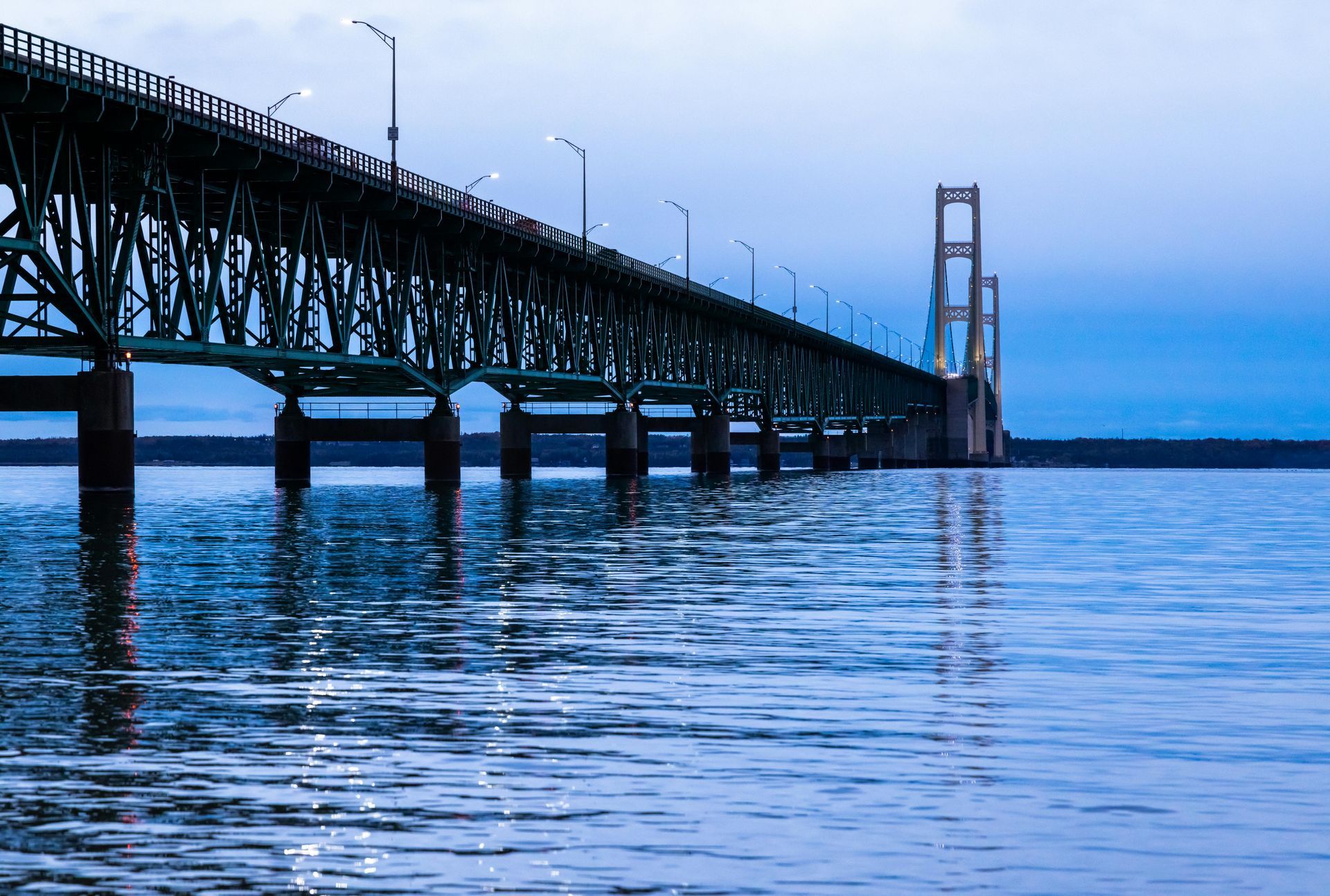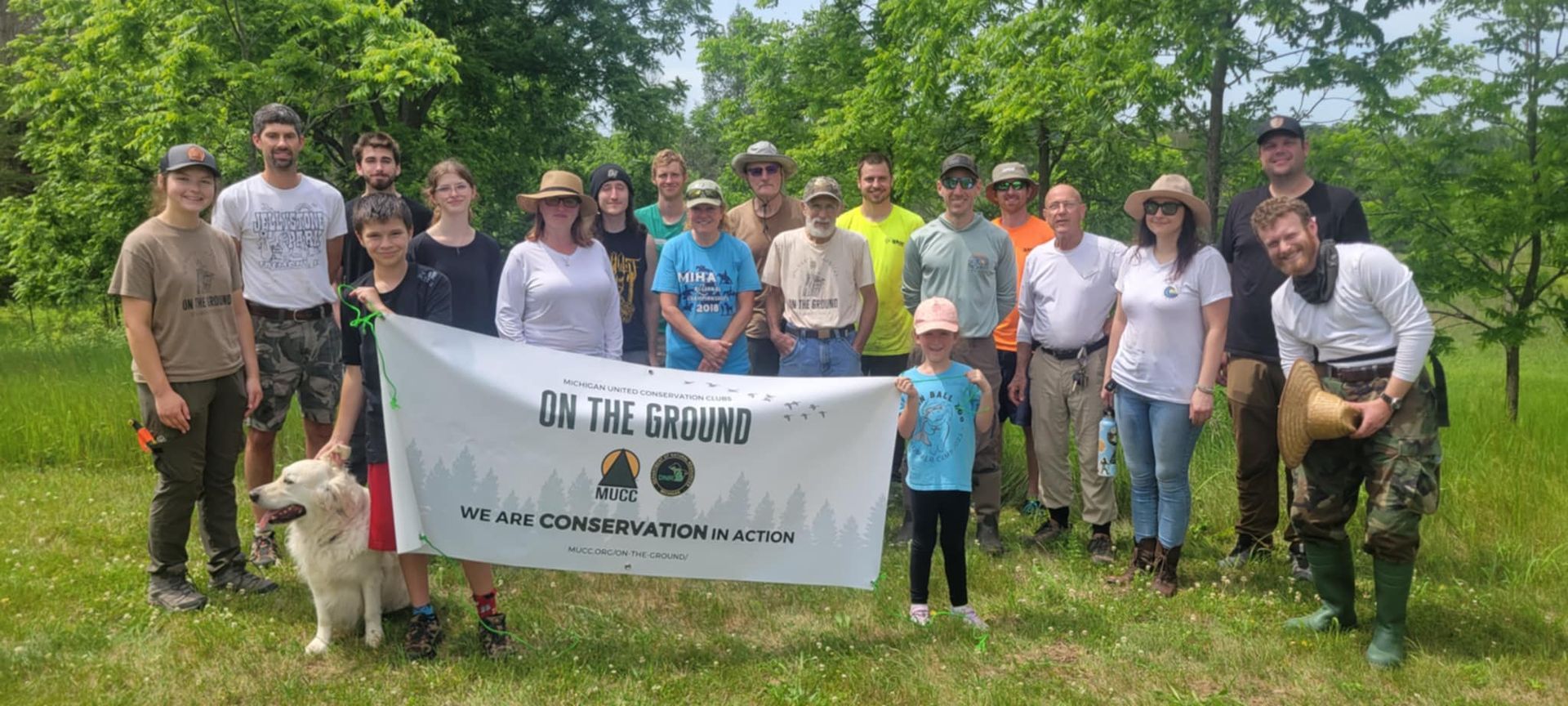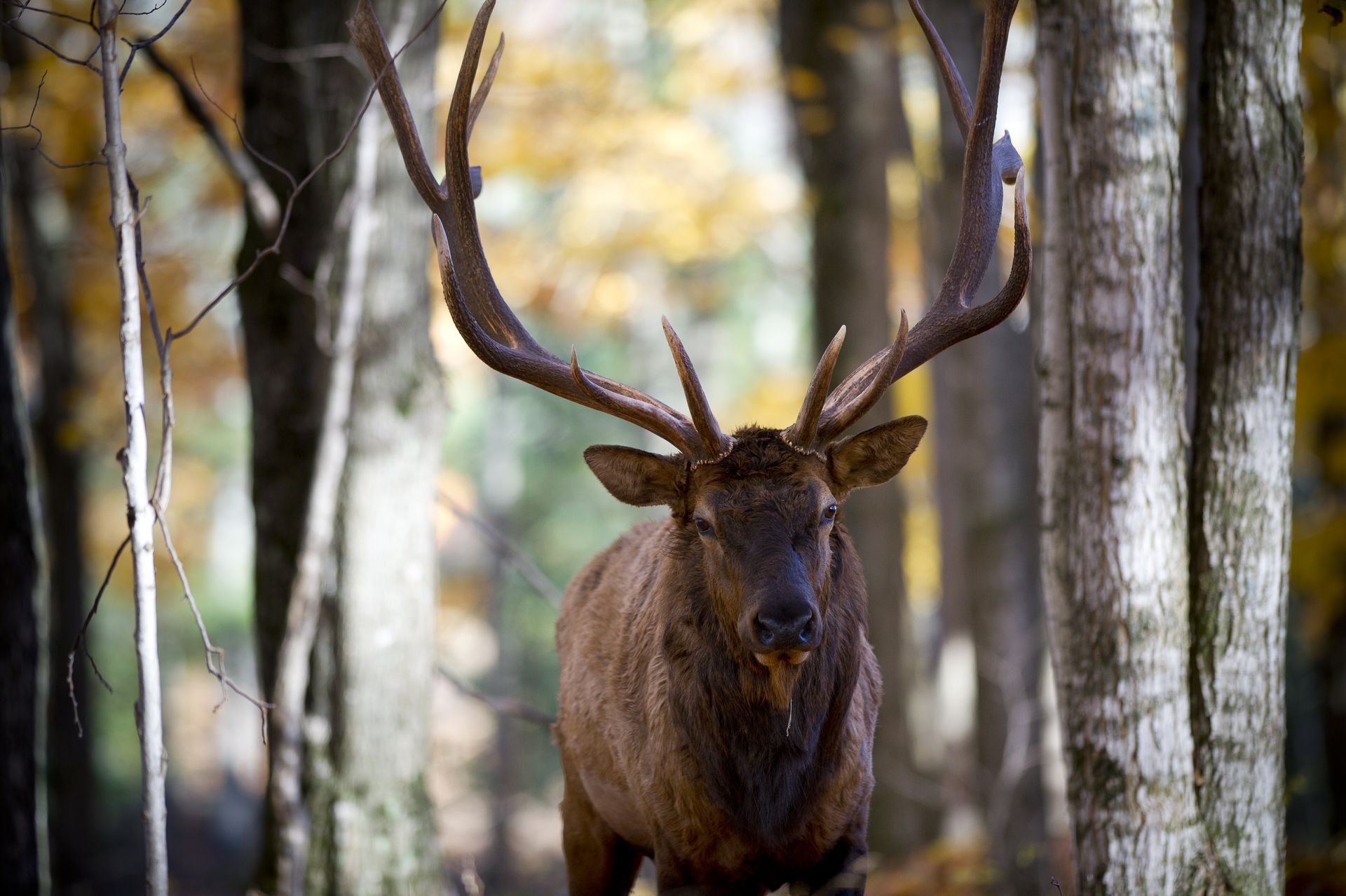Invasive Species in Michigan: Narrowing Down the Science
Michigan is home to many different types of ecosystems that support a wide variety of plant and animal species. From the hardwood swamps found in southern Michigan to the cliffs and granite bedrock found in the Upper Peninsula, Michigan’s diversity is what makes it such a beautiful place to live. However, the native species found in Michigan are at risk from invaders outcompeting them for resources. These non-native and invasive species have unfortunately taken a foothold in our state, but there are ways we can help to stop them from further spreading.
Native vs. Non-native vs. Invasive
So, what is the difference between native, non-native, and invasive? A native species occurs naturally in an area. One example would be the painted turtle, which is Michigan’s state reptile. The painted turtle occurs naturally in Michigan and has not been influenced by human intervention. A non-native species does not occur naturally but is instead introduced to an area as a result of human activity. An invasive species is a non-native species that causes harm to the environment, economy, or human health. It’s important to know that a non-native species is not necessarily an invasive one. A species is only considered invasive if it causes harm in some way.
Invasive Species found in Michigan
While Michigan is home to a variety of native plant and animal species, it is also home to a variety of invasive ones. These species include aquatic and terrestrial plants, insects, fish, crustaceans, and more. The Michigan Department of Natural Resources (MDNR) also has an invasive species watchlist where some of the more concerning invasives are listed. These species have either been confirmed in the wild or have a limited distribution across the state.
The hemlock wooly adelgid is a tiny insect native to Asia that feeds on the sap of eastern hemlock trees. The infestation is characterized by round white cottony masses found at the base of the needles. Hemlock wooly adelgid only infests eastern hemlock trees, which are found in moist forest environments and along water bodies. These trees are important because they protect shorelines from erosion and provide habitat for wildlife.
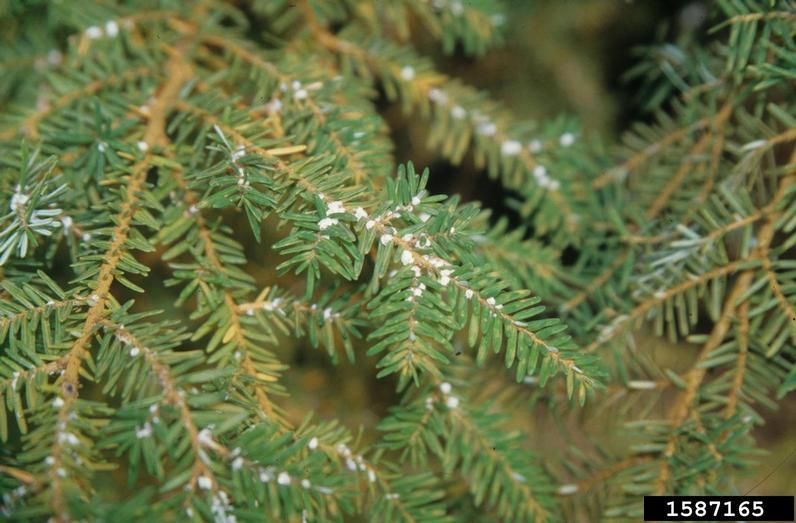
Red swamp crayfish are native to Louisiana and can be identified by their dark red or greenish color with bright red spots on their claws, called tubercles. They also have a triangular nose and a solid black line on their underside. They can grow up to 4.5 inches in length and look like mini lobsters. Red swamp crayfish aggressively outcompete native crayfish species for food and habitat.
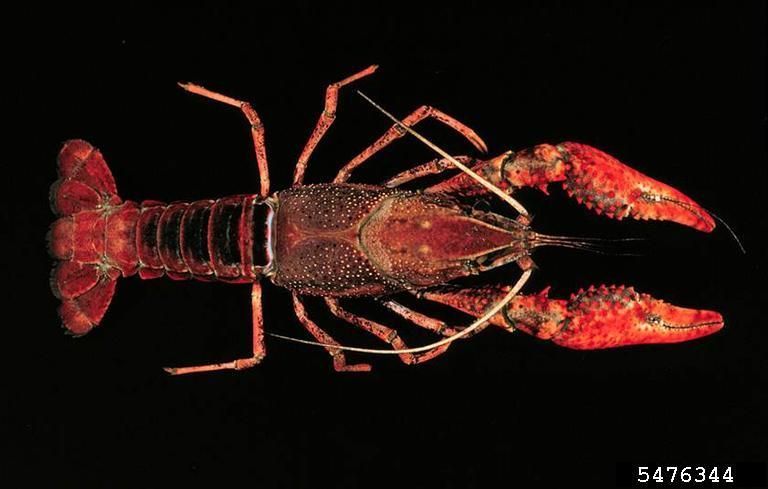
Spotted lanternflies are native to Asia and can be identified by a few key characteristics. The egg masses have a gray, putty-like coating and look like dried paint. The larvae are beetle-like and are red and black with white spots. The adults have gray-speckled wings when folded, but when open they are red, yellow, and black. Spotted lanternflies feed on more than 70 different fruits, crops, and trees. They cause direct damage by sucking the sap out of these plants, which kills them.
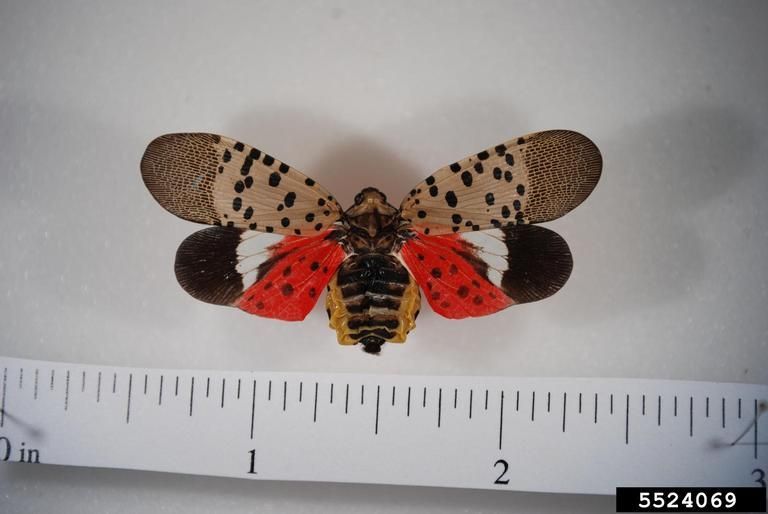
Yellow floating heart is native to Asia and Europe and can be identified by bright yellow flowers with 5 petals and circular or heart-shaped leaves. These leaves are alternately arranged on the stem but opposite of the flower stalk. The flower and leaves also have distinct fringes on the edges. This aquatic plant can create dense mats that shade out native plants, as well as decrease oxygen levels and increase breeding habitat for mosquitoes.
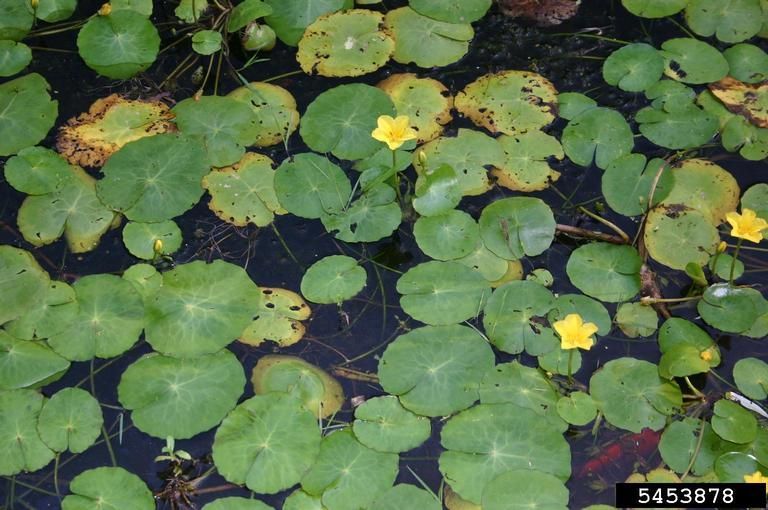
Early Detection and Prevention
How can you help stop these invasive species from spreading further into our state? For aquatic invaders, the Clean Boats, Clean Waters program in Michigan recommends that people clean, drain, and dry their boats and equipment. They also suggest disposing of any unwanted bait in the trash instead of releasing it into any water bodies. The PlayCleanGo website also lists some additional tips such as staying on designated trails or cleaning shoes and gear after an outside activity. Finally, the Don’t Move Firewood website suggests buying firewood locally and not transporting it to prevent invasive pests from spreading to new areas. If you come across an invasive species in Michigan, report it to the Midwest Invasive Species Information Network so researchers can keep track of how far these species are spreading. To learn more, contact your local CISMA (Cooperative Invasive Species Management Area) for additional resources. To find which CISMA services your area, click HERE.
The post Invasive Species in Michigan: Narrowing Down the Science appeared first on Michigan United Conservation Clubs.
Recent Posts
